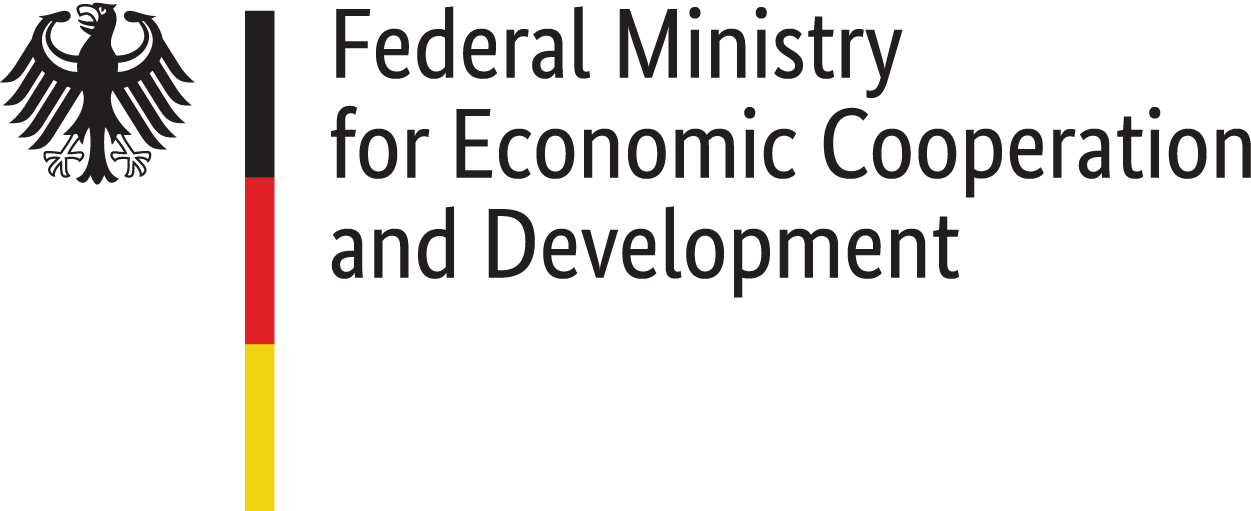Print Media Market
It is mandatory in Ukraine to register as a print publication with the Ministry of Justice. Apart from the question whether or not this is useful and contributing to or even inhibiting freedom of the press, at least credible data on this market segment is available.
According to the Ministry of Statistics, between five and six new print media outlets are founded in Ukraine daily. In 2009, there were 27,696 of them: 16,366 newspapers and 8,194 magazines. Yet, it does not mean all of them publish regularly: some are created as projects for a day or one month (before the elections), some lose their funds for publication (for example, a grant) or stop receiving financial support from the owner, who does not officially shut down the outlet. Some of these media outlets were privatized from communal ownership and failed to endure the market pressure. In addition, some print media outlets ceased publications in hard copy but retained their online websites. Still, even if the statistical data is very far from reality and extremely inflated, the Ukrainian print media market can be considered as heavily overloaded. This country appears as one of reading mainly in large cities: in rural areas, the system of press distribution and thus, the coverage of relevant, local topics, is virtually nonexistent.
In Ukraine print media outlets are cheaper to operate than TV channels. Therefore, the pluralism of opinion is wider in press due to a broader range of owners – possibly, with the exception of Eastern oblasts, where owners or supervisors of print media outlets represented, in the overwhelming majority of cases, just one political entity – the Party of Regions, affiliated with the former President Viktor Yanukovych (now, the party had split into three different segments).
National print media outlets often belong to the same individuals or financial groups that own TV channels, so their spectrum is quite narrow and can be easily traced based on their editorial policies compared to the regional media. These owners mostly uphold pro-Russian views, and before the Revolution of Dignity of 2013-2014 - and the majority of their print media outlets were published in Russian. Now, the situation is slightly changing towards the pro-European orientation of owners and a subsequent shift of media published in Ukrainian language.
At the national-level, the print market remains dominated by Russian language papers, some of them also have a Ukrainian version (such as «Dzerkalo Tyzhnia» or «Den'»), and the smallest share of them are in Ukrainian only. Some media outlets in the regions can afford publishing in several languages, mostly Ukrainian and Russian in parallel. In addition, also publications in languages of ethnic minorities exist, like for example Hungarian, Romanian, Roma, Bulgarian, and Polish.
When the newspaper ‘Vesti’ emerged, it was a Ukrainian «phenomenon»: the newspaper did not publish any advertisements and still was distributed for free in Kyiv near subway stations and in crowded places in other large cities. This triggered suspicion in public due to non-transparent financing of the media outlet, which printed millions of copies of the 12-page newspaper «for promotion» to hand it out in the mornings for free, with an opportunity to purchase it during daytime in kiosks and distribution stands. Now, after the owner of ‘Vesti’ formally "sold" the newspaper to calm the community down, its free distribution reduced significantly, yet it still persists.
The gross inflation of the Ukrainian print market supposedly serves to attract advertisement and to motivate new readers. While one glossy weekly magazine indicates a circulation of 42 thousand, the actual number of copies can be just 14 thousand, of which only between 6 and 9 thousand are actually distributed. In their marketing promotion, media outlets actively use the tactic of «one copy distribution», that is, the practice where readers pass the hard copy to one another, up to six times. This way, having a number of copies of 150 thousand, the media outlet can claim that it has 600 thousand readers.












